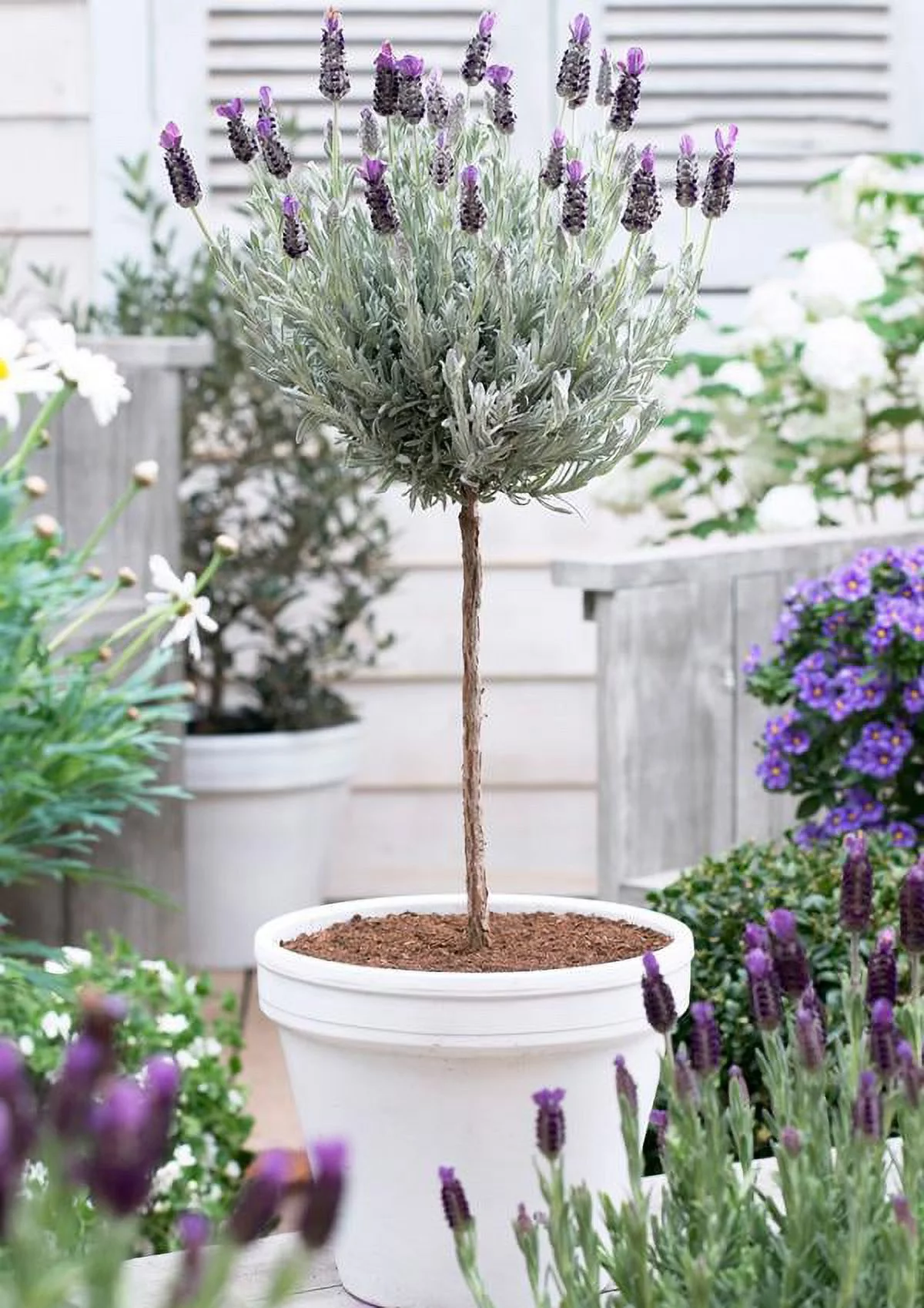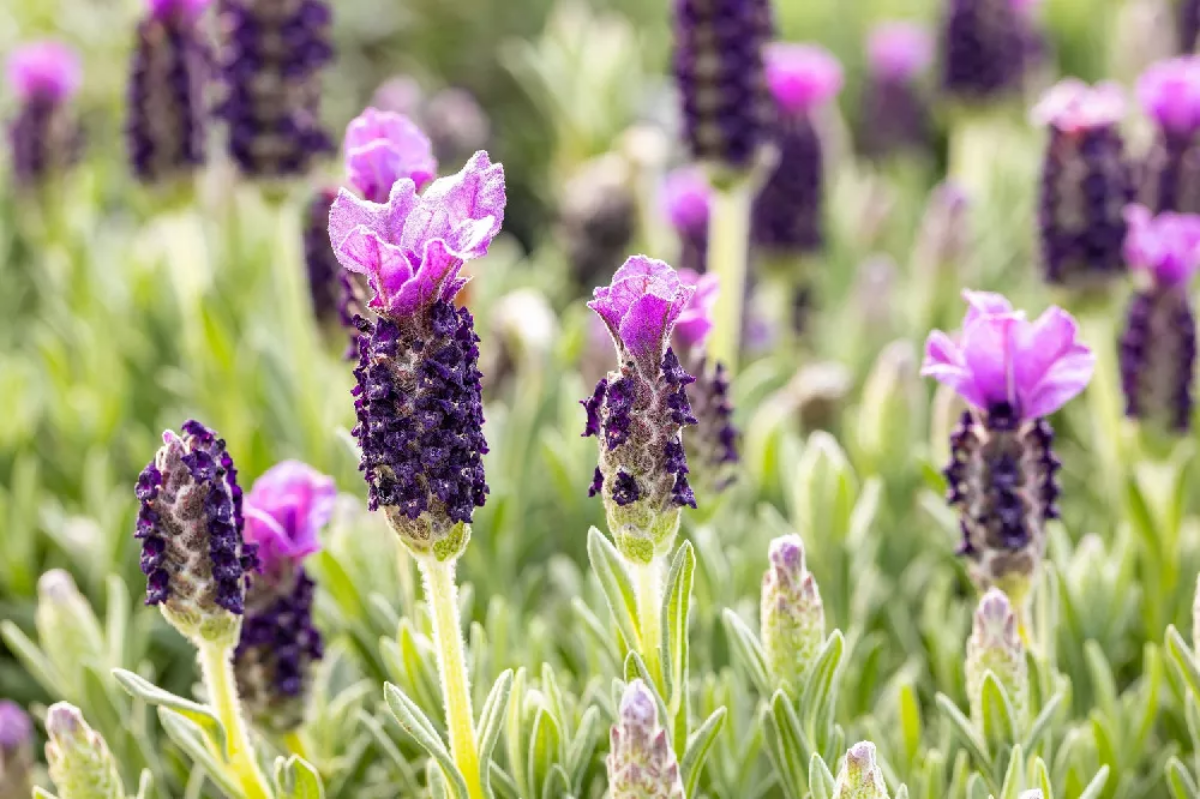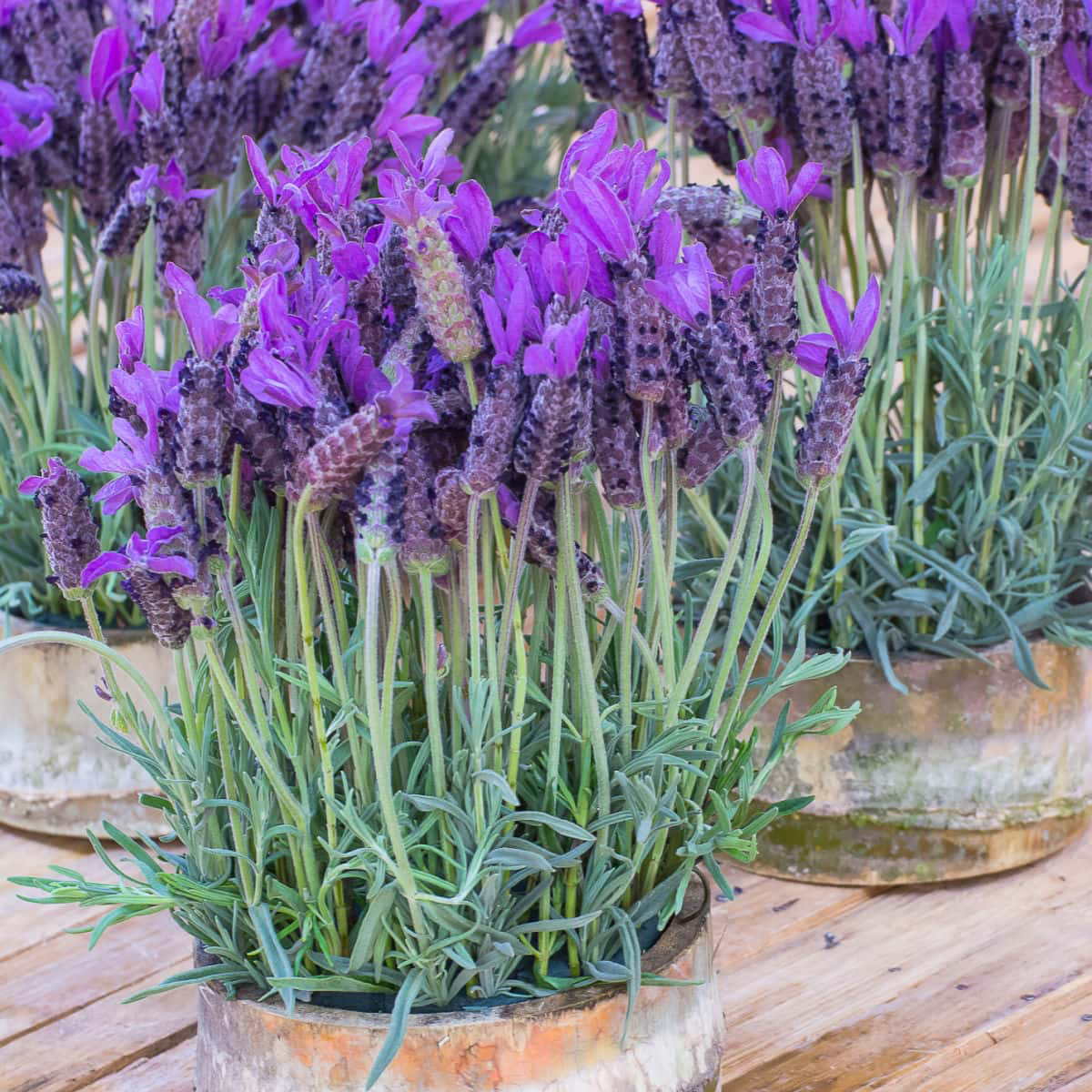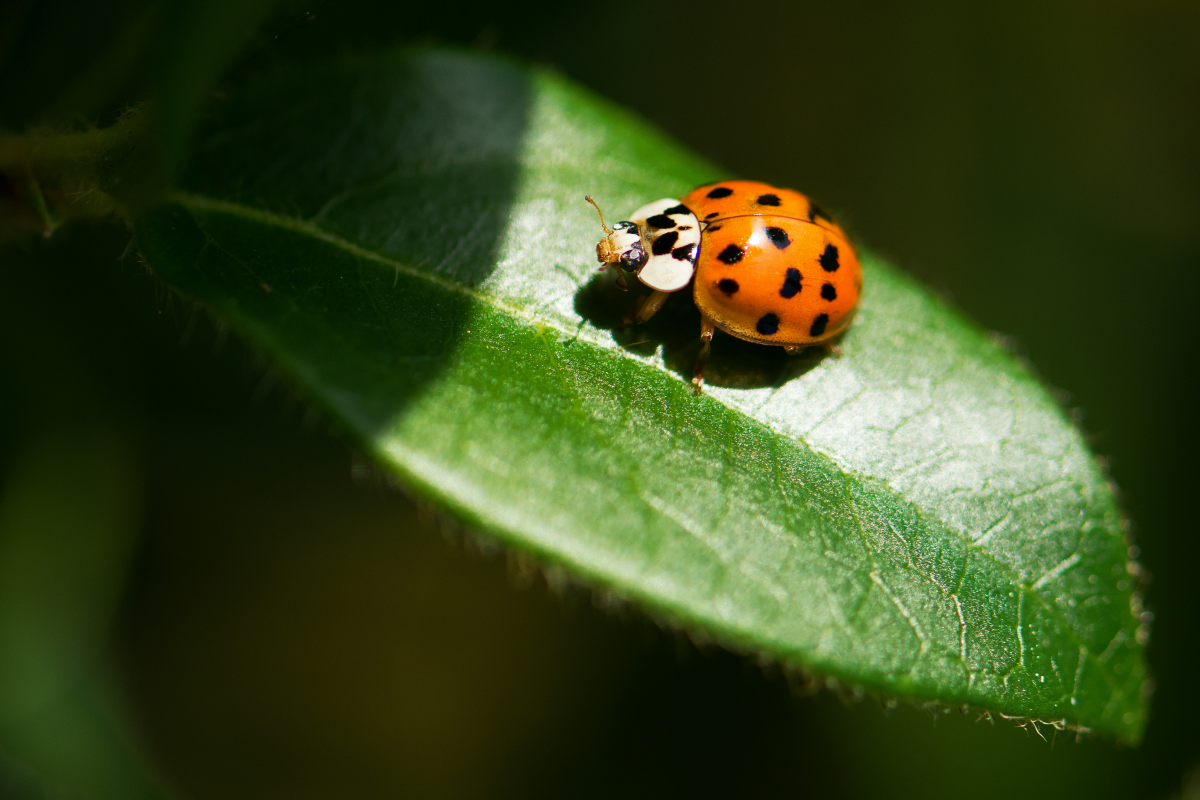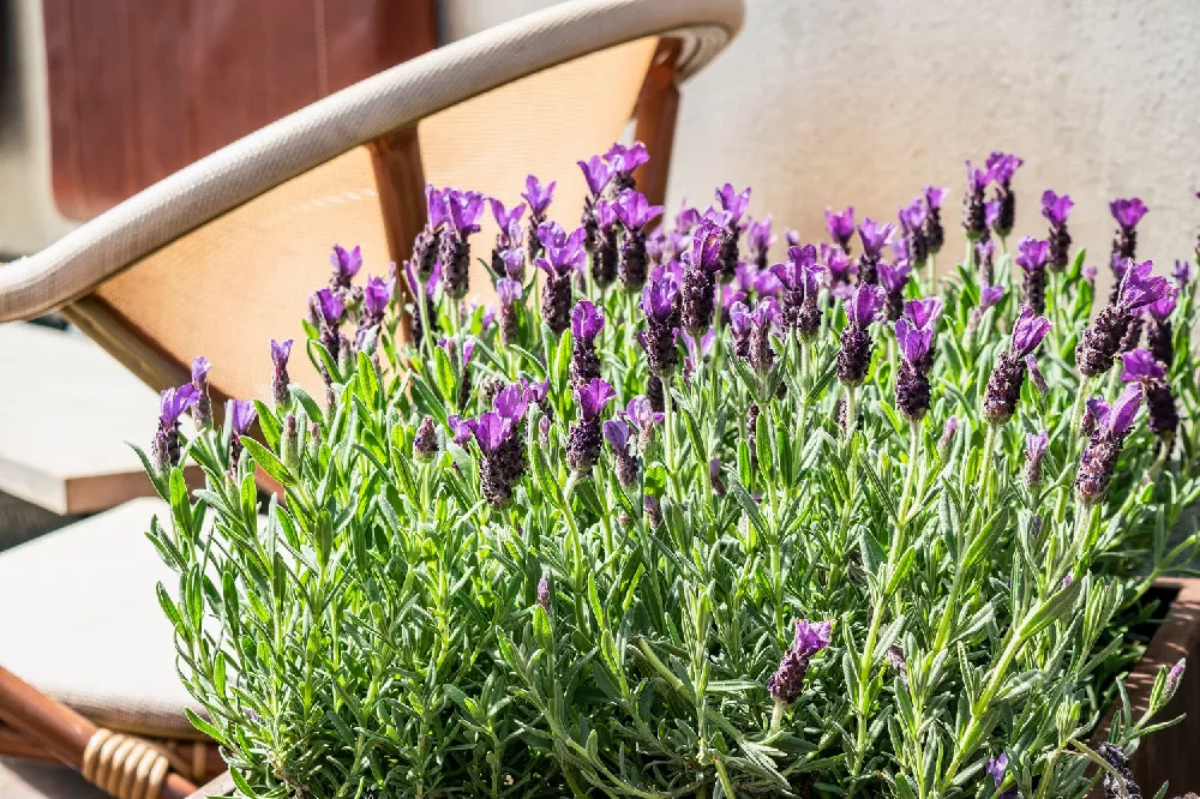Lavender Tree Care: How To Grow And Nurture This Fragrant Beauty
Welcome to the enchanting world of lavender trees. Here, the alluring fragrance and captivating beauty converge in nature’s splendid design. Lavender trees offer an exquisite combination of decorative allure and aromatic delight. They are an elegant variation of the traditional lavender plant. These trees are more than just plants. They are living sculptures that enhance any garden with their unique charm. This guide is dedicated to unraveling the secrets of growing and nurturing lavender trees successfully. We’ll explore each critical step in this lavender tree care guide. It includes understanding their nature and mastering their care. We will ensure that your lavender trees grow and become a vibrant, aromatic focal point in your garden.
Embark on a botanical journey with the majestic lavender tree
In this article
The Ultimate Guide To Lavender Tree Care
To cultivate lavender trees effectively, appreciating what makes them unique is essential. They diverge from their herbaceous relatives. Lavender trees are characterized by a robust woody structure. This forms a striking tree-like stature. This distinct architecture is combined with their vibrant purple flowers and tranquil aroma. It establishes them as a cherished choice among garden lovers and landscape enthusiasts. Lavender trees are not merely plants. They are a statement of elegance and tranquility. They bring a piece of the Mediterranean landscape into your garden. Today, I will teach you everything you need to know about lavender tree care.
Behold the lavender tree’s unique stature, a symbol of elegance and tranquility
Choosing the right spot
Finding the optimal location in your garden for a lavender tree is a vital first step. This step is crucial for its journey to thriving. These plants are sun worshippers. They need a minimum of six hours of direct sunlight daily to reach their full potential. When selecting a spot, consider the path of the sun across your garden. Aim for an area that enjoys prolonged exposure, especially during the peak growing season. Avoid locations where larger trees or buildings might cast significant shadows. Insufficient sunlight can lead to sparse blooming and weakened growth. The right location will maximize growth. It will also enhance the visual impact of your lavender tree.
In the sun’s embrace, find the perfect haven for your lavender tree to thrive
Soil
The foundation of a healthy lavender tree lies in soil preparation. These trees favor well-draining soil that mimics their native Mediterranean terrain. Aim for a slightly alkaline soil composition. Good drainage is important to prevent waterlogging, which can harm the tree’s roots. Incorporate organic materials like sand or fine gravel into your garden soil. This improves its texture and drainage capabilities. Conducting a pH test on your soil is advisable. This test will guide any necessary adjustments to bring the soil to the desired alkalinity. Meticulous soil preparation supports the initial establishment of your lavender tree. It also underpins its long-term health and vibrancy.
Craft a nurturing bed of soil, the foundation for your lavender tree’s growth
Planting
Planting your lavender tree is a pivotal moment in its life. Timing is key. Ideally, planting should occur in the spring or early fall. These are times when temperatures are moderate. The plant can establish itself without the stress of extreme heat or cold. When planting, pay careful attention to the depth at which the tree is set. The top of the root ball should be level with the surrounding soil surface. This ensures that the roots can spread out comfortably. They can access the nutrients and water they need. Additionally, provide ample space around the tree. This accommodates its growth and ensures it has sufficient room to develop without competition from other plants. Proper planting sets the stage for a healthy, flourishing lavender tree. It will bring joy and fragrance to your garden for years to come.
Planting your tree is the first step in a journey of growth and beauty
Watering
Watering your lavender tree requires a delicate balance, as these plants have a preference for drier conditions. Overwatering is a frequent error among gardeners and can lead to root problems. It’s best to water your lavender tree deeply but infrequently. This method allows the soil to adequately dry out between watering sessions, which is vital for the tree’s health. Aim to replicate the natural dry conditions of the Mediterranean, where lavender thrives. During the warmer months, monitor the soil moisture levels closely. Ensure that the top few inches of soil have dried out before watering again. This approach will encourage deeper root growth, enhancing the tree’s drought tolerance and overall resilience.
Water with care, mimicking the lavender’s natural, arid home
Fertilizing
Lavender trees have modest nutritional needs and do not require heavy feeding to thrive. A light application of a balanced, slow-release fertilizer during the spring season is generally sufficient. This provides the tree with essential nutrients for its growth phase. Avoid fertilizers high in nitrogen. These can lead to excessive leaf growth at the expense of the tree’s signature blooms. An annual feeding routine aligns with the natural growth cycle of the tree, promoting healthy development without overstimulating it. This ensures that your lavender tree focuses its energy on producing lush, fragrant blooms and maintaining strong, healthy growth.
Feed sparingly, fostering the tree’s natural blossoming
Pests
Pests such as aphids, spittlebugs, and whiteflies can be a nuisance to lavender trees. Stay vigilant and inspect your tree regularly for signs of infestation. If pests are detected, consider using organic insecticidal soaps, which are effective yet gentle on the plant. Encouraging natural predators like ladybugs into your garden is also an excellent, environmentally friendly pest control method. Early detection and prompt treatment are key to maintaining the health and beauty of your lavender tree. Regular inspections and quick responses to any signs of pest activity will help keep your tree healthy and thriving.
Guard vigilantly against pests, preserving the tree’s health and beauty
Disease
The main concerns in terms of diseases for lavender trees are root rot and various fungal diseases. To prevent root rot, ensure that your soil is well-draining and be cautious with your watering schedule. Overwatering is a common cause of root rot. For fungal diseases, promote good air circulation around the tree and avoid overhead watering, which can leave moisture on the leaves and create an environment conducive to fungal growth. If fungal diseases do occur, fungicidal treatments may be necessary, especially in severe cases. Always choose treatments that are safe for the environment and the plant.
Prevent diseases, ensuring a robust and flourishing lavender tree
Pruning
Pruning plays a crucial role in the care of your lavender tree. It’s essential for maintaining its shape and promoting robust growth. Conduct your pruning activities in early spring, just as the new growth begins to appear. Remove any dead, damaged, or weak branches to encourage fresh growth and improve air circulation within the tree. Regular shaping not only enhances the tree’s ornamental appeal but also stimulates more vigorous flowering. Use sharp, clean pruning tools to make precise cuts. This minimizes stress on the tree and prevents the spread of diseases. Well-pruned lavender trees are not only more aesthetically pleasing but also healthier and more productive.
Prune to encourage growth and shape your tree’s artistic form
Propagation
Propagation of lavender trees can be achieved through several methods. These include seed germination, cuttings, or layering. Each method has its own steps and considerations. For instance, growing from seeds requires patience. It takes longer for the plants to mature when grown from seeds. Cuttings provide a quicker way to propagate. They are taken from healthy, mature plants. Layering is another effective method. It involves bending a branch to the ground and covering it with soil. This encourages roots to form.
Propagate your lavender tree, sharing its beauty and essence
Common problems
Growing lavender trees can be challenging due to inadequate sunlight, poor soil conditions, and improper pruning. Insufficient sunlight often leads to stunted growth and sparse blooming. Soil that is overly dense, acidic, or nutrient-deficient can affect the tree’s health. Pruning incorrectly can hinder growth and reduce flowering. To ensure your tree’s wellbeing, it’s crucial to provide ample sunlight, maintain well-draining, slightly alkaline soil, and follow correct pruning techniques. Addressing these issues promptly and adjusting care practices as needed are key steps in nurturing a healthy and vibrant lavender tree.
Address challenges swiftly, ensuring your lavender tree’s vitality
Caring for a lavender tree is a rewarding journey into the heart of gardening. With the right care and attention, these enchanting trees flourish, transforming your garden into a fragrant oasis that soothes the soul and delights the senses. Embrace the patience and love required in nurturing these trees. Watch as your lavender tree matures into a symbol of natural elegance and serenity, a testament to your gardening skills and dedication. Remember, every effort you put into caring for your lavender tree pays off with its lush foliage, stunning blooms, and captivating fragrance.
Now you know everything you need to know about lavender tree care
